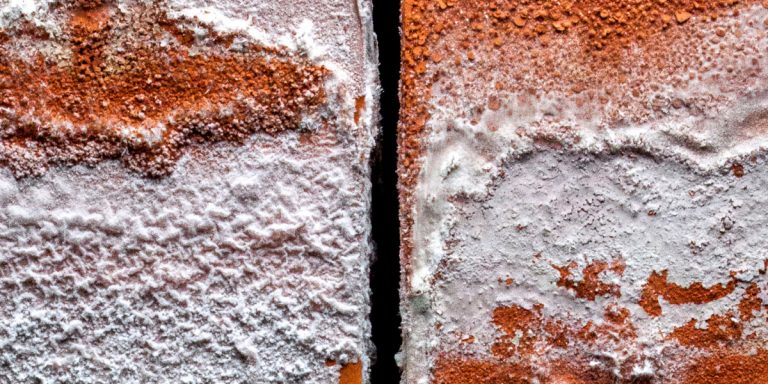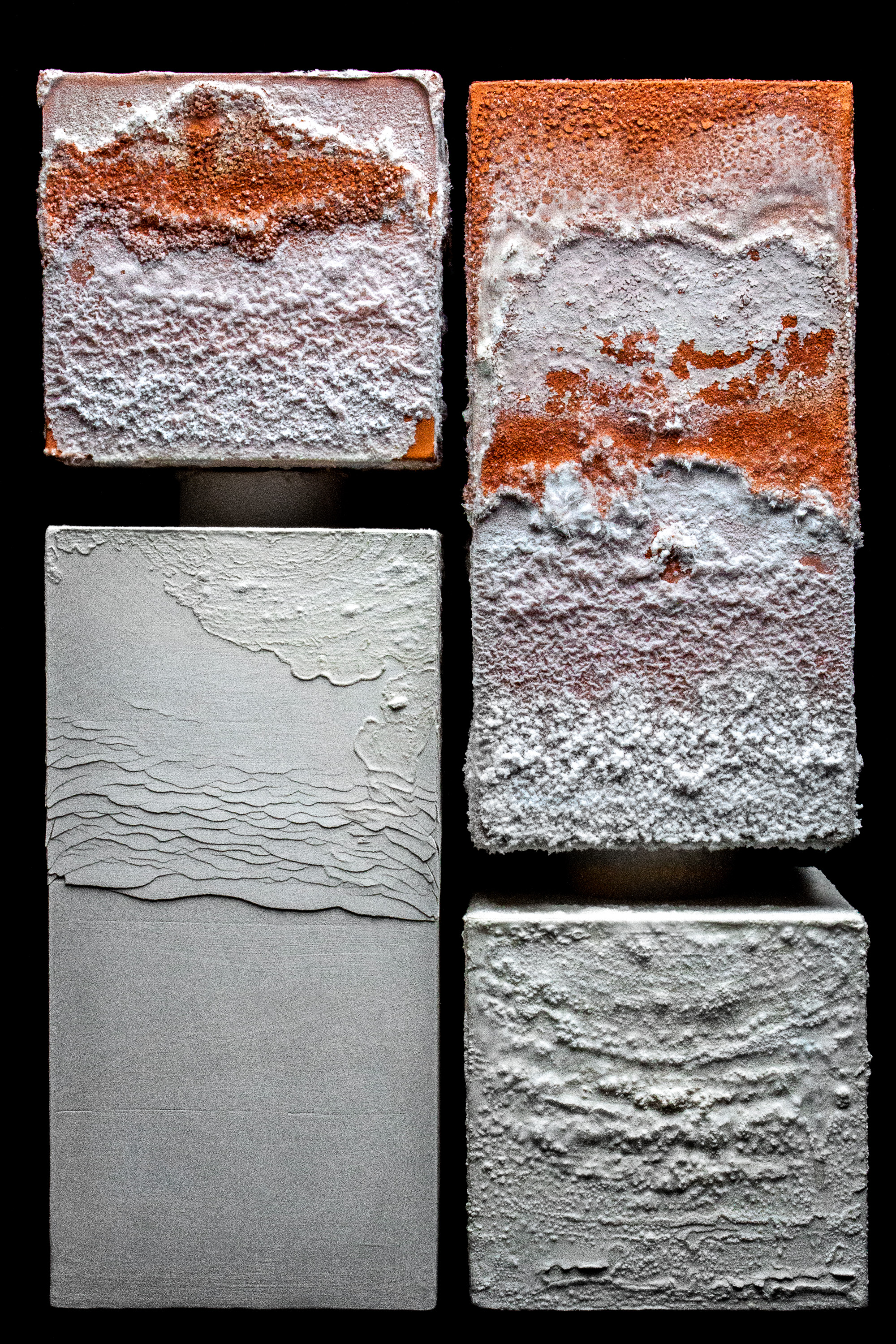
When iron comes into contact with potassium iodate, they react. The iodine evaporates, and the iron types compounds which are much less simply absorbed by the physique. The salt darkens and takes on a metallic style—hardly one thing somebody would need to sprinkle on meals.
Mannar realized all of this the arduous means. In 1993, he walked into the workplace of Levente Diosady, a professor of meals engineering on the College of Toronto who specialised in processing edible oilseeds, and informed him concerning the concept for DFS. “He mentioned, ‘This must be fairly straightforward—can we do a couple of checks?’” Diosady recollects. “I mentioned, ‘Yeah, we are able to do a couple of checks, nevertheless it in all probability received’t be that straightforward.’” The 2 acquired a small grant from a not too long ago created group known as the Micronutrient Initiative to discover the technical aspect of making DFS.
Diosady knew the important thing was to hold the iron and iodine from coming into contact with each other, however he didn’t have a clear concept of how to do it. He and considered one of his lab technicians tried to create iodine microcapsules with a skinny, waterproof coating round every particle, to kind a barrier between the iodine and the iron. They tried a number of encapsulant formulation, however they discovered that to combine evenly with salt, the spray-dried microcapsules had to be floor up very nice. In a check in Ghana, shoppers complained that the outcomes have been clumpy.
“At that time, we went again and mentioned, Okay, nicely, what can we do to make it larger? So we began taking a look at agglomerating these iodine particles to make them roughly match salt in dimension,” says Diosady. “That was the objective: to make stuff that matches salt grains in dimension to forestall separation.”

Within the early years of the challenge, salt in most nations was neither as uniform nor as glowing white as it’s at this time, which labored to Diosady’s benefit. “Coloration was not a large deal. Particle dimension was not a large deal. It was variable,” he recollects. However as manufacturing centralized, salt grew to become extra constant in look and style. “We have been chasing a transferring goal—the standard of salt over the past 20 years has improved steadily,” Diosady says.
Unable to get the iodine capsules to work the best way they needed, Diosady and his crew determined to change tack and deal with encapsulating the iron as an alternative. That means no matter they got here up with might, in precept, be blended in with present iodized salt.
That left the query of what sort of iron to use. “We went and tried a entire slew of iron compounds,” says Diosady. Most resulted in an off-color salt that may by no means fly with shoppers. He’s reminded of those failed makes an attempt yearly, when winter arrives in Toronto. “I nonetheless use salt in my driveway which is yellow, inexperienced—all of the totally different colours that these items got here up with,” he says.